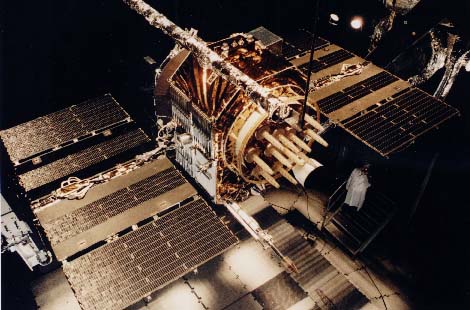This is according to studies published at an international conference held by the Technion in memory of the late Professor Yitzchak Bar-Yitzchak at the Faculty of Aeronautics and Space Engineering

Professor Mark Seiki of Cornell, a world expert in the field of GPS, presented at an international conference held by the Technion in memory of the late Professor Yitzchak Bar-Yitzchak new methods for preventing disruptions in satellite navigation systems * "The devices that disrupt the activity of GNSS systems are currently sold for $50 and less "
"The GNSS satellite navigation system, the next generation of GPS systems, is under increasing attack from parties trying to sabotage its operation. The activity of these parties constitutes a real threat in the world of aviation." This is what Professor Mark Seiki from Cornell University said at a conference held by the Faculty of Aeronautics and Space Engineering at the Technion in memory of the late Professor Yitzhak Bar-Yitzchak, a member of the faculty.
"The devices that disrupt the operation of GNSS systems are currently sold for $50 or less," Seiki said. "Many of the users of these illegal devices are smugglers and car thieves, who seek to prevent their detection by the law enforcement agencies. The dangerous byproduct of this criminal activity is the potential disruption of the navigation systems used by pilot controllers. An inspection conducted at Newark Airport in New Jersey reveals that dozens of such jamming devices pass near the port every day, and each of them could cause a fatal accident."
Professor Seiki distinguished in his lecture between two types of such jamming devices - Jammers and Spoofers. According to him, the second type is more dangerous, as it disrupts the activity of the navigation systems without the users being aware of the disruption. For example, by means of 'spoofing' a helicopter pilot can be made to believe that he is rising when in fact he is losing altitude. The reaction of such a pilot - an attempt to descend - may end in a crash to the ground. Seiki emphasized that the jamming devices currently operate at a range of about eight kilometers, and that the greatest fear of the US aviation authorities is a hijacking in the style of the events of September 11. He also presented possible solutions to the problem, including a network of jammers, based on software to be installed on mobile devices. "I assume that most of the signal jammers are smuggling criminals, so the fight against them will benefit not only the world of aviation but the effective activity of law enforcement."
At the international conference, held under the auspices of the Faculty of Aeronautics and Space Engineering at the Technion and the Israel Automatic Control Association (IBA), dozens of experts from 21 countries participated, who discussed the areas of spacecraft design, navigation and control.
